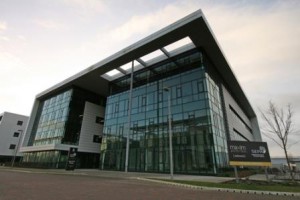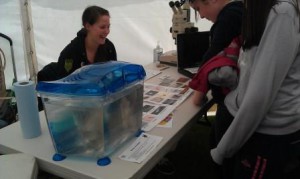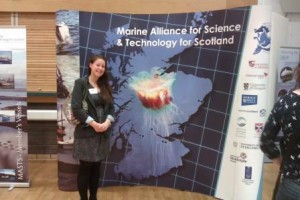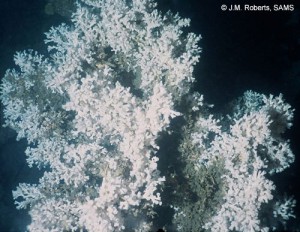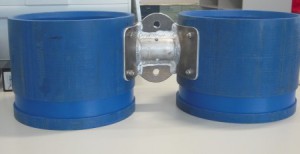Last month saw a massive move of 300 SEPA staff into a brand new building in Maxim Office Park at Eurocentral near Glasgow. The new building has been named after one of Scotland’s most influential but least known environmental figures – Angus Smith. A competition had been held asking SEPA staff to suggest names for the building and John Harris won with his suggestion of Dr Angus Smith whom he described as “a pioneer of the study of air pollution and its effects on the environment and human health and a pioneer of environmental regulation. Smith worked hard to build up a good working relationship between regulators and industry – in essence he gained the co-operation of Victorian manufacturers to reduce their negative impacts on the surrounding towns and countryside.” Despite being quite a revolutionary in his time Angus Smith’s name is largely unknown, something SEPA is trying to change by naming its’ new building in his honour.
I moved into the building about four weeks ago along with the marine ecology staff I was working with in Edinburgh. The new lab has combined marine, freshwater and ecology staff and it has been a great opportunity to get to know new people and see some more of the work that goes on in SEPA. The building is very impressive and after getting settled in I’m really enjoying working here.
This month I have also taken part in my first public event – Pollok Family Day. This was loads of fun and the live jellyfish we took along were a real crowd pleaser and a great way to introduce the world of zooplankton the public! I also managed to collect and take along some live zooplankton samples and it was nice to be able to show people the kind of animals that are swimming around in seawater that they wouldn’t normally think about or get the chance to see.
Yesterday I attended my first ever scientific conference – the MASTS (Marine Alliance of Science and Technology for Scotland) Annual Science Meeting (find out more about MASTS http://www.masts.ac.uk/ ) at Heriot Watt University. It was great to find out about some of the current research being conducted in the Scottish marine environment and also a good opportunity to practice my networking skills!
One topic that was discussed a lot was the Mingulay cold water reef complex. This coral reef system is found in deep cold waters of the north east Atlantic and is a hugely important ecosystem – the colonial corals (mainly Lophelia spp) have a hard calcium carbonate exoskeleton that can build up a large, branching reef complex, which provides an amazing habitat for over 1300 species making it a biodiversity hotspot. The Mingulay Reef Complex lies within Scottish territorial waters and is a designated SAC (special area of conservation,)however, there are many threats facing cold water corals such as damage from deep sea fish trawling , climate change (increased seawater temperatures and acidity) and oil and gas extraction. Cold water coral reef systems are slow growing and long-lived making them highly susceptible to damage and can take hundreds to thousands of years to recover. It was great to hear about some of the work being undertaken to better understand these complex systems and the threats facing them. Find out more at http://www.lophelia.org/
Another aspect of the day that I found interesting was the afternoon special session that I attended – The Firth of Clyde Community Project. This was a meeting of all researchers currently conducting marine research in the Clyde; aiming to find out what kind of work was currently being conducted, how it can be linked up and what potential research gaps there may be.
I have also managed to get out on the Sir John Murray survey vessel again taking more samples from the Clyde and managed to spot some more basking sharks and a few harbour porpoises! Another exciting development is the arrival of our new zooplankton net frame, also known as a bongo net. This allows two samples to be taken at once with two nets of different mesh sizes. With great anticipation we will be testing this in the next few weeks!

